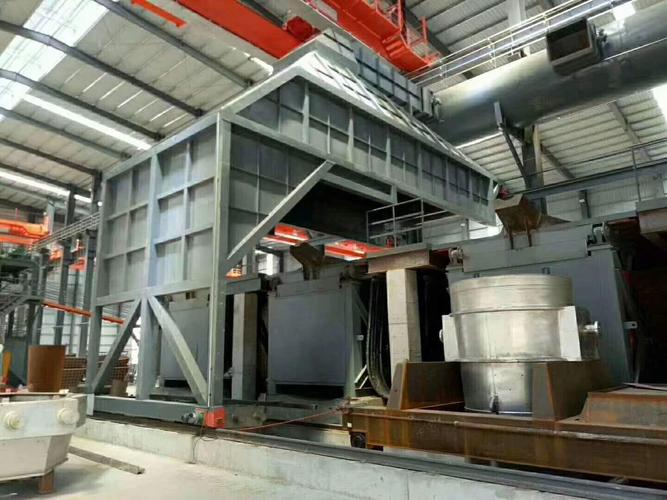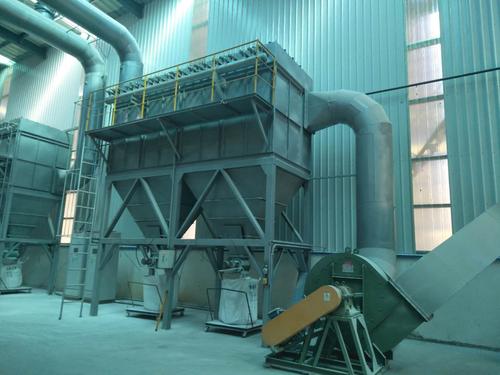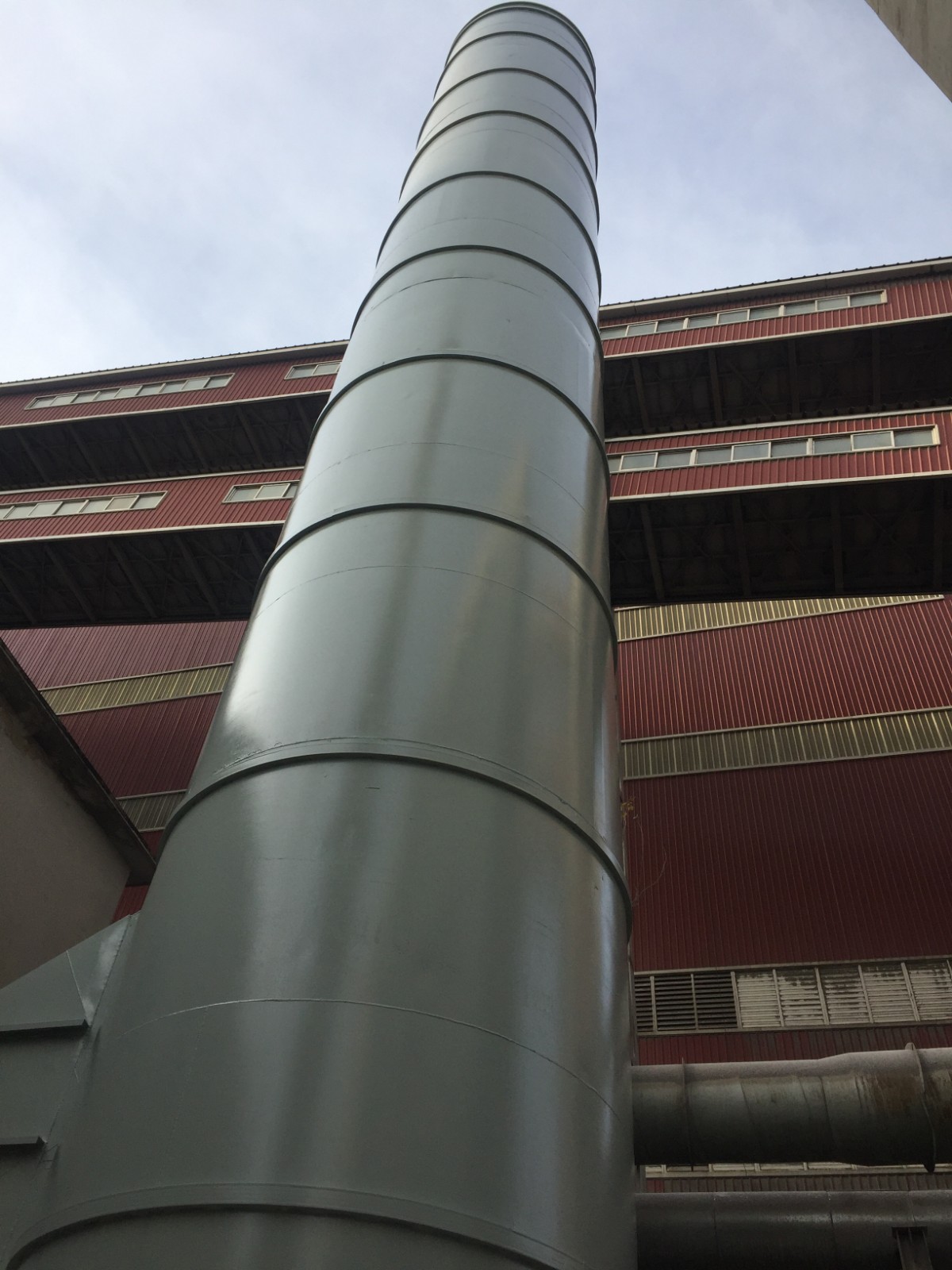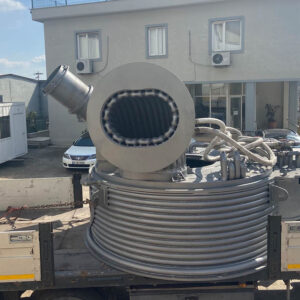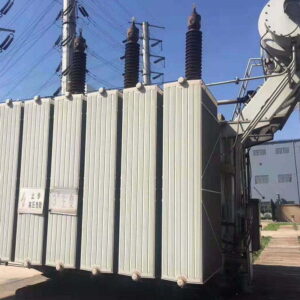Description
The dedusting system of a ladle refining furnace plays a crucial role in maintaining a clean and healthy working environment, as well as improving the overall efficiency of the refining process. This system is responsible for removing the harmful dust and pollutants generated during the refining process, ensuring that the air quality meets the required standards.
One of the main components of the dedusting system is the dust collector, which is designed to capture and collect the dust particles emitted from the furnace. There are several types of dust collectors that can be used in a ladle refining furnace, including electrostatic precipitators, bag filters, and cyclone separators.
Electrostatic precipitators (ESPs) are widely used in ladle refining furnaces due to their high efficiency in removing fine dust particles. The principle of operation of an ESP is based on the electrical charge of the dust particles. As the particles pass through an electric field, they become charged and are attracted to oppositely charged plates or electrodes. The charged particles then adhere to the plates, where they can be periodically removed by rapping or washing.
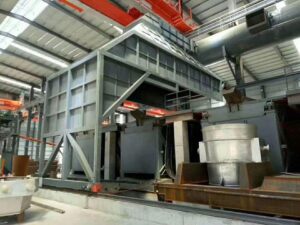
Bag filters are another commonly used type of dust collector in ladle refining furnaces. These filters consist of a series of fabric bags that capture the dust particles as the gas passes through them. The collected dust is then periodically removed by shaking or reverse air flow. Bag filters are particularly effective in capturing larger particles and have a high dust collection efficiency.
Cyclone separators are used to remove larger particles from the gas stream in a ladle refining furnace. The gas is forced to move in a spiral motion inside the cyclone, causing the heavier particles to move towards the outer wall and fall into a collection hopper. The cleaned gas is then released into the atmosphere. Cyclone separators are simple in design and have a low maintenance requirement, making them an economical choice for dedusting systems.
In addition to the dust collectors, the dedusting system of a ladle refining furnace also includes other components such as ductwork, fans, and control systems. The ductwork is used to transport the gas stream from the furnace to the dust collector, ensuring that all the pollutants are captured. The fans provide the necessary airflow for the operation of the system, while the control systems monitor and regulate the performance of the system.
The effluent gases emitted from the ladle refining furnace can contain various pollutants, including particulate matter, sulfur dioxide (SO2), nitrogen oxides (NOx), and carbon monoxide (CO). These pollutants can have detrimental effects on human health and the environment if not properly controlled. The dedusting system ensures that these pollutants are effectively removed, reducing the impact on the surrounding air quality.
In conclusion, the dedusting system of a ladle refining furnace is essential for maintaining a clean and healthy working environment, as well as improving the efficiency of the refining process. The system utilizes various dust collectors, such as electrostatic precipitators, bag filters, and cyclone separators, to capture and remove the dust particles emitted from the furnace. These collectors are complemented by other components such as ductwork, fans, and control systems, which work together to ensure the effective removal of pollutants. By implementing an efficient dedusting system, the ladle refining furnace can operate in compliance with environmental regulations and promote a safe and sustainable working environment.

